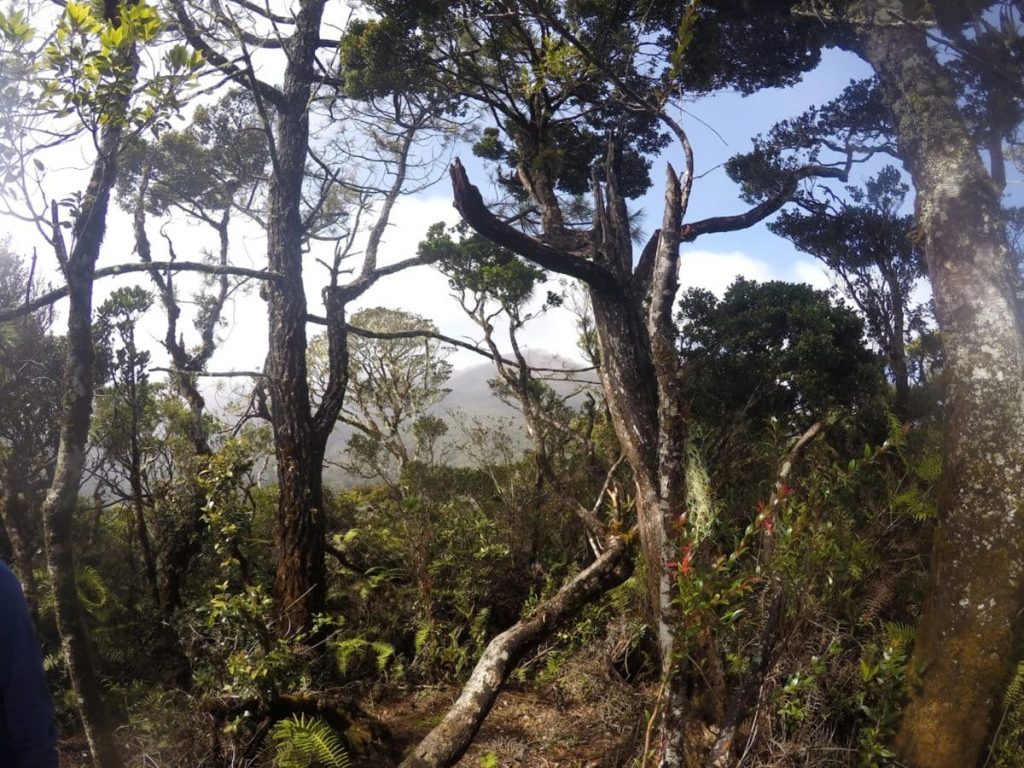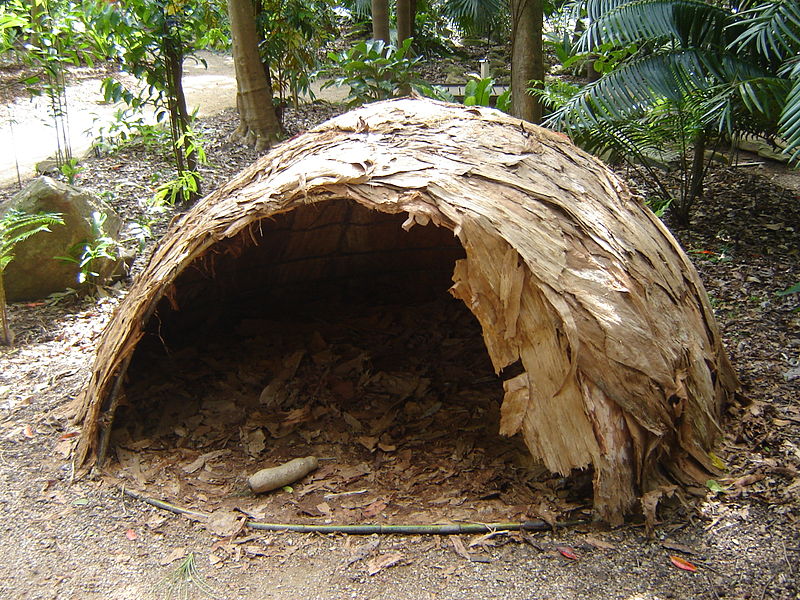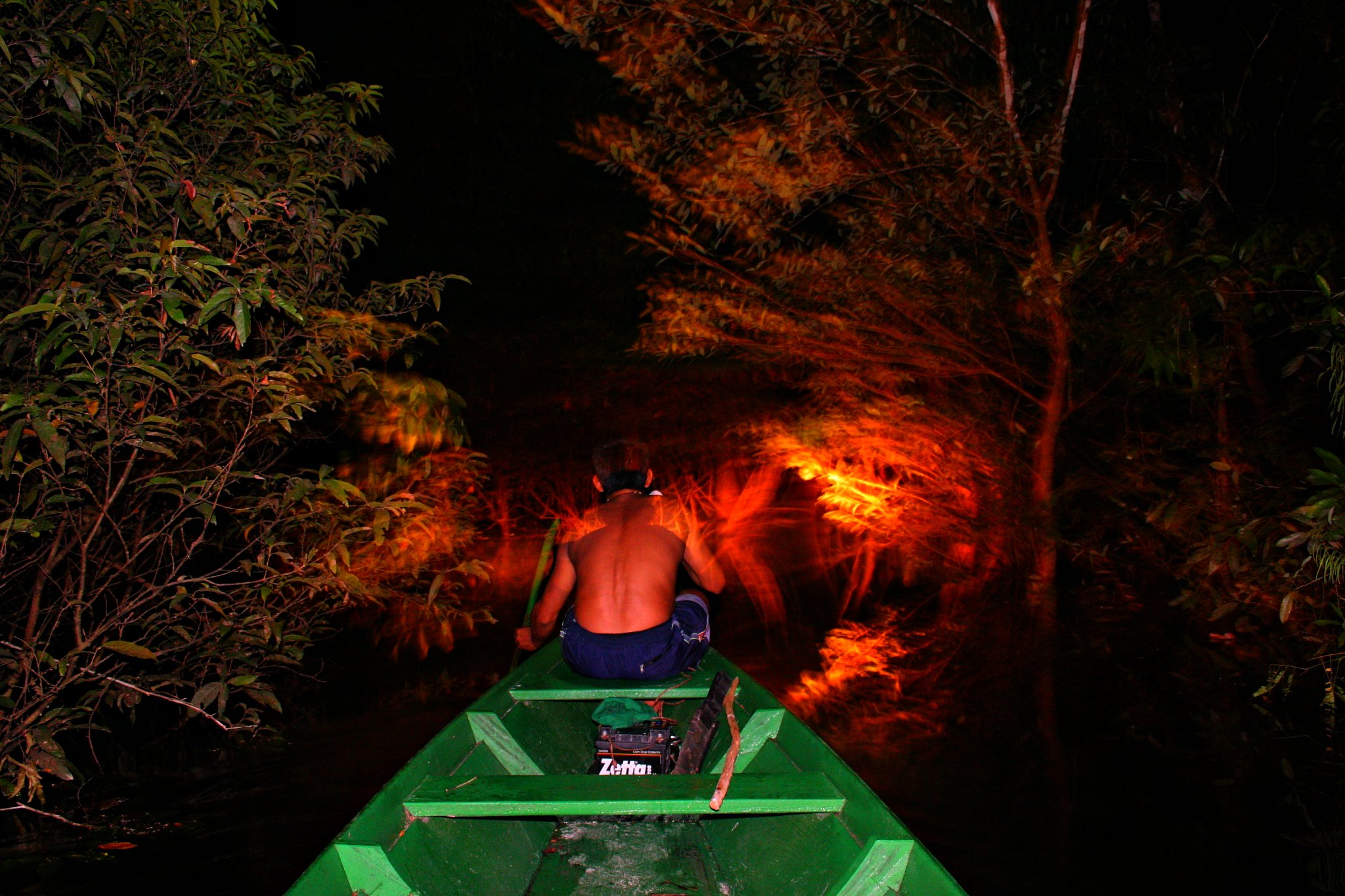Going to the jungle is one incredible experience which gives you the excitement and adventure that arguably no other place in the world can offer. But jungles are jungles — there’s a reason why humans live in concrete-covered cities and not in the Amazon! If you were to neglect all the perils and threats that lurk under the thick tree canopy, you would be a fool who, bluntly said, deserved what they received there.
To give you an idea of what being in rainforests is like, here’s a bit of statistics. Rainforests cover only 2% of Earth, but they contain around 50 percent of all the planet’s flora and fauna. In fact, the jungle is so condensed with life that you would be astounded by the numbers! In about 4 square miles of the jungle, you can find 150 different species of butterflies and 400 species of birds. Regarding the plant world, in the same four square miles, there are 1500 flowering plants and 750 different species of trees. Of course, this is statistically speaking. There’s no butterfly-bird gang of outlaws you should know about. But these numbers are truly staggering!
And then, in those same four square miles, there’s you. Being part of something so magnificent is a feeling you won’t be able to replicate in a 5-star hotel! But you have to be prepared for lack of food and water and tough sleeping conditions. In this post, we’ll discuss what your course of action should be if you want to survive in the night. Before that, though, let’s talk about your camping gear.
Camping Gear
Going off the fact that you’re reading this post, it’s safe to assume you haven’t spent the night in the jungle before. If you haven’t done that, well then, logic would have it you’re thinking about your first camping trip into the jungle. So before we go into the intricacies of the jungle night time, let’s focus on what you should bring on the trip.
You should write down a checklist of essential camping gear that you must bring in when going to a rainforest. Remember, you won’t be close to home, so all the necessities must be with you from the off. We’ll chew over all the details in a different post, but let’s cover some basics. First off, your clothing. Although in tropical rainforests temperatures rarely drop below 35 degrees Celsius (95 Fahrenheit) and it may seem counterintuitive, you should wear pants and shirts with long sleeves. You need to cover your skin as much as possible so that it isn’t directly exposed to insects and the surroundings. Small cuts and splinters are easy to get and, in conditions far from sanitary, that can quickly develop into an infection that will have lasting effects. You need to bring an anti-insect spray to get mosquitoes and other bugs to avoid you. Jungle mosquitoes are often transmitters of illnesses such as malaria and yellow fever, and hopefully, there’s no need to explain why you wouldn’t want that.
What Not to Forget
There are some essential pieces of equipment which you first-time campers usually don’t even think of. When you’re going on a camping trip into the wild, you need to make sure you keep yourself light and not burden yourself with too much luggage. So prioritizing is the key. Admittedly, it’s not a pretty picture to imagine a camping experience without a toilet paper, but choosing a rain jacket over TP would be a smart call (if it indeed comes to that).
Rainforests have that name for a reason — in tropical climates, it rains once a day during the dry season. So you will always have issues with weather conditions. The thing is, although the temperature doesn’t drop during the rain, your body releases heat, and you will start feeling cold. The last thing you need is a fever, and a rain jacket, apart from keeping you dry, will help you encapsulate your body temperature.

Additionally, you should never forget to bring a knife and a waterproof lighter because cutting through leaves and starting a fire when you set up the camp is two activities you simply cannot avoid. Another thing most novice campers forget is to bring some type of rope to act as a clothesline. Hanging your clothes (and your other equipment) onto a rope will keep it dry. Wearing wet clothes can bring skin tissue problems and attract fungus. On top of that, it’s not a great idea to leave your stuff lying around on the ground. The jungle is full of nightcrawlers and, because of them, you want your equipment lifted in the air so they can’t reach it and hide inside. It’s enough to slide your foot once into an unchecked boot to ruin your whole trip.
Building a Shelter

Now that we’ve got the gear covered (at least the basics of it), let’s talk about spending the night. When in the jungle, you don’t want to stick around too long in one place. Use the day to be on the constant move — except for when you’re waiting for an animal to go into your trap — and the night should be for resting. Missing sleep will just tire you out, and any progress you make during the night will be detrimental in the long run.
As your shelter will be a one-night stay, don’t work too much on it — you don’t need a whole living room. But you also don’t want to be completely exposed to atmospheric conditions and predators. What you do need is a quick DIY shelter. In the beginning, what you want to do is pick up a good spot for your sleeping bag. You should make sure that the surface is dry. Also, clear out any dead leaves or grass before you lay down your stuff — a lot of tiny critters (or bigger ones, such as snakes!) can be lurking from below. You want to put the sleeping pad on clear, dry dirt.
Additionally, make sure you’re not on downhill terrain. As we’ve said, rains are plentiful, and you can wake up to your and your equipment being in mud and water. Make sure the water has somewhere else to go to. By the same logic, don’t be near a river as it can flood due to raining. Now, since you won’t be sticking around for too long, let’s go through some of the easiest shelter structures.
Simple Tarp Shelter
Now, if you’ve found room to bring a tarp with you, you’re pretty much set. You just need to set up your accompanying structure and cover it with a tarp. If you have just a tarp, you can tighten a rope between two trees or create a makeshift structure with sticks and logs. It’s a good idea to bring this and make a tent as if you were going car camping in a national park, but, as we’ve said, prioritizing is the key. When wild camping, you probably won’t have space for it.
Lean-to Structure
When you don’t have a tarp, a lean-to is one of the most common techniques of building a shelter due to its practicality. The whole philosophy of this structure hides in its “lean-to” name. What you want to do is take a large and strong branch and lean it onto a nearby tree. You should dig the other side of the branch into the ground to provide it with stability. After that, use smaller branches and lean them on the main branch from the sides. They should be parallel to each other as if you’re creating a rib cage, where the main branch is the spine.
Finally, use foliage to cover the branches completely. Make sure there are no gaps through which water can drop in. This last element of the building process is the same for all other tarpless structures — the idea is always the same. You create a wooden frame and then cover it with leaves.
A-Frame
With an A-frame shelter, you start off by creating a foundation. Take two firm branches and connect them at the top at a 30-degree angle. Further solidify the foundation by adding another stick in between them, so that they form the shape of the letter “A.” After that, you place them in the ground and put a branch across it so that it acts as a ridgepole. Before moving on, check if you have chosen the right height and if you have enough space to sleep in.
Clear out the ground underneath and press on. What you now want to do is add more support in the shape of additional sticks and branches which connect with the ridgepole. As always, cover it with foliage when done.
Teepee
Teepee, as the name says itself, requires of you to form a teepee structure out of the branches you use for making the shelter. You start off by using three branches and tying them together at the top to create a tripod. You can tie them together by ropes, shoelaces, or, if you have nothing else, tree vines. You should add more branches until you create a teepee which is covered by three sides and has an opening on one. The difficult part of making a teepee shelter is finding branches which are similar in size. When you make the frame, fill in any gaps with smaller sticks and then, you’ve guessed it, cover them with leaves.
What to Do During Night
As we’ve mentioned before, you should be on the move during the day and sleep during the night. Logically, there’s not really much you can do for yourself when you’re asleep. But what you can do is prepare for the next day. Don’t forget to hang your clothes on that rope we talked about earlier. Also, since you will be asleep and, therefore, stationary, it’s an ideal time for some meal planning.
In the jungle, a lot of animals of various sizes are nocturnal — meaning that they’re active during the night. Since humans are diurnal animals, you’ll arrive early to the party, so you have time to set up a trap. Unless you’re an experienced huntsman on wild animals, you should stick to setting up traps. It’s a lot more successful technique than you’d think. Dig a hole in the ground, one big enough so that an animal can’t climb back out. After that, cover it with leaves (you can make a tiny A-frame structure for it) and, more often than not, you’ll wake up with a filled hole.
At this point, the animal will still be alive, and it’s not wise for you to attack it with a 2-inch pocket knife. Instead, use the knife to fashion a spear out of a stick (chose one strong enough) and then do your best Achilles impression.
Water Supplies
Despite going into shared space environment with jaguars, anacondas, and malaria-riddled mosquitoes, your number one enemy will be dehydration. The toughest willpower test is when you haven’t had a sip of water, and you have to not give in to the temptation to drink when you see some. Still water pools are infested with bacteria and if you drink some of that — the best thing you can hope for is some diarrhea.
You need to make sure that the water you drink is clean and… well, drinkable. Since it’s raining most of the time, you can fill your water container with raindrops. In the jungle, you will come across wide leaves which you can bend into a funnel and make a stream of water. Additionally, you can use bamboo sticks. Bamboo collects water in its stalks, and that water is clean and ready for human use. Otherwise, due to being hollow, you can use bamboo sticks as a straw to collect rainwater in your container.
You should be good to go with this. But, if there’s a possibility, boil the water before you get going.
Are You Ready?
When you’re going camping in the jungle, surviving is practically your only goal. You will face many difficulties and obstacles. Making sure you’re safe for overnight sleep is one of them.
There are a lot of nocturnal animals in the rainforest, and it often rains so you need to make sure you’re not in direct contact with any outside factor that can make you ill or… can eat you. Making a shelter is essential, and starting a lasting campfire will deter many of the predators from sniffing you out. Be prepared to be tired, hungry, thirsty, and threatened. But most of all, be prepared for the best life experience you’ll ever have!


